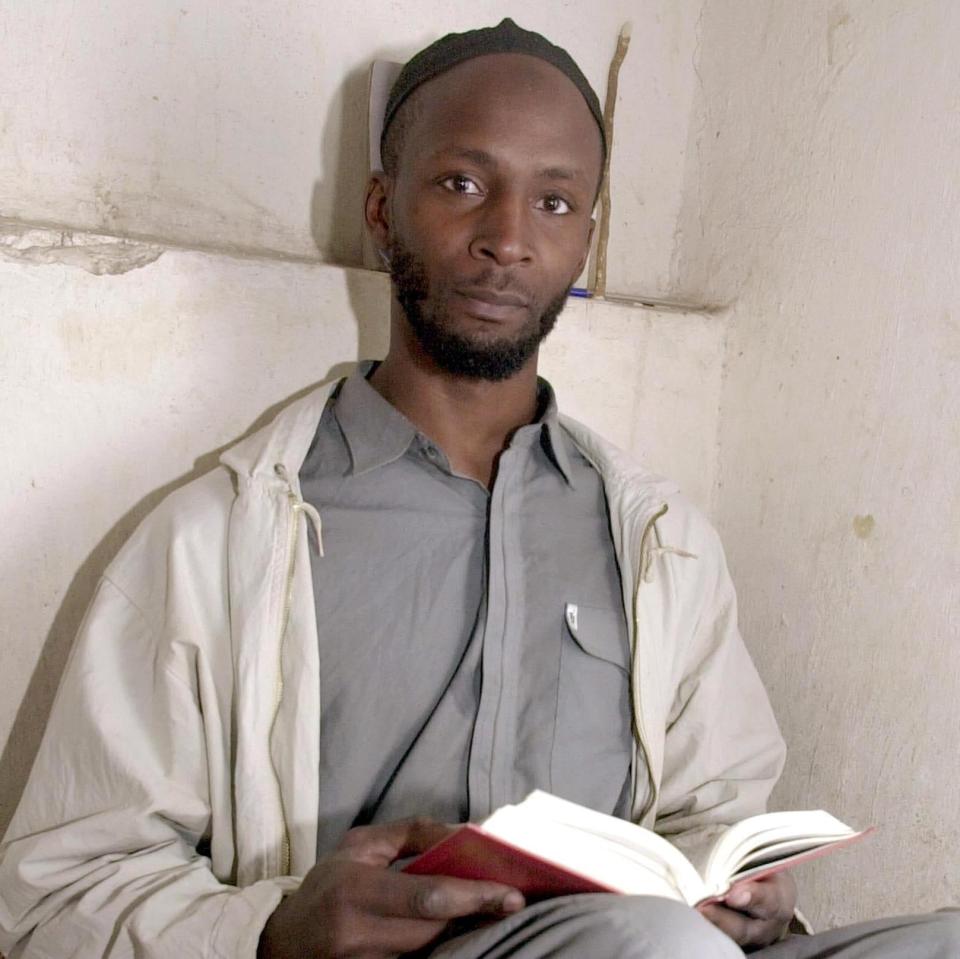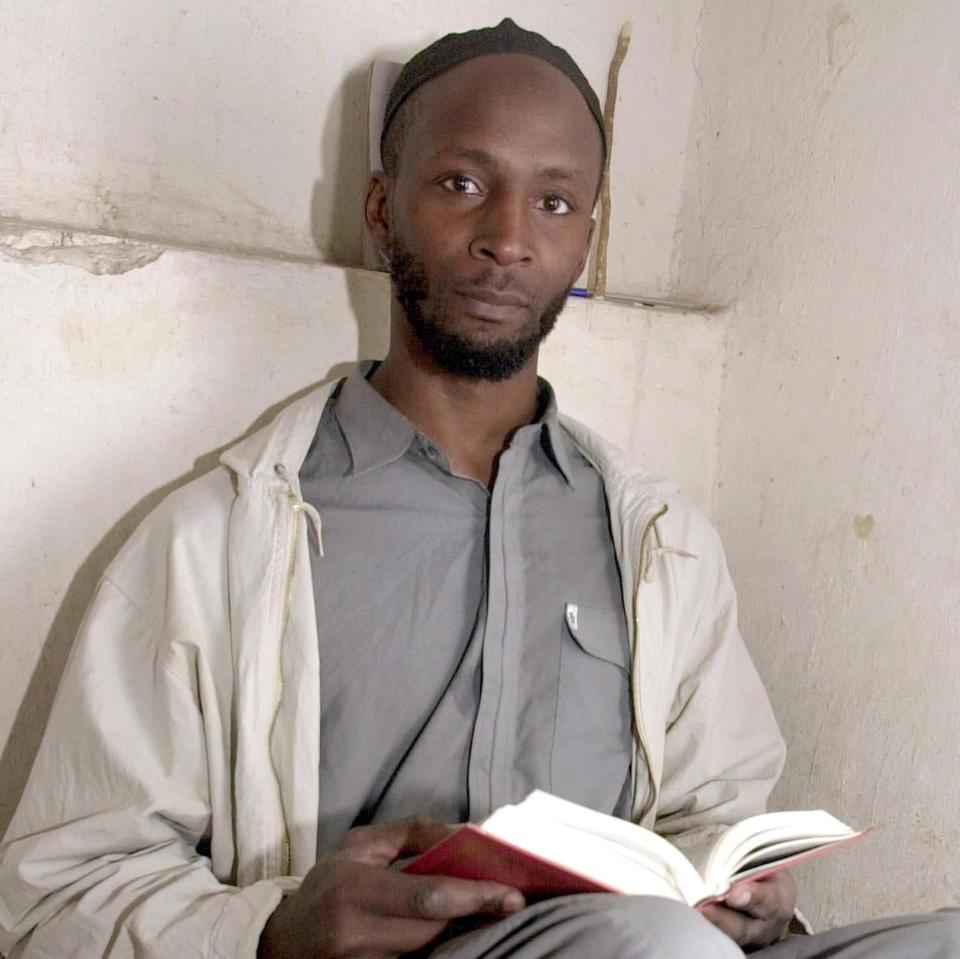Did UK Guantanamo payouts go to Isil? Government under pressure to prove some of £20m compensation did not fund terrorism
The Government is under pressure to prove that none of the £20 million paid to British terror suspects held at Guantanamo Bay ended up in the hands of Isil.
The row was ignited following the death of Jamal al-Harith, who received up to £1 million of UK taxpayers’ money before travelling to Iraq where he blew himself up in a suicide bomb attack.
Terror experts and senior politicians expressed their concern that money paid to al-Harith in compensation for two years spent in Guantanamo Bay without charge had been used to fund Islamic State of Iraq and the Levant (Isil).
The 17 British Guantanamo detainees - Where are they now? in pics
It has emerged that four of the 17 British detainees thought to have been given compensation have been accused of links to Islamist groups or individuals in Syria.
One of the men went on a trip with “Jihadi John”, the hostage killer, to Portugal less than a year after the compensation deal was granted, while another has seen three of his nephews fight in Syria.
Downing Street declined 17 times to answer questions over the payment to al-Harith, 50, a Muslim convert born Ronald Fiddler, on the grounds that it was “an intelligence matter”.
But Theresa May, the Prime Minister, was dragged into the scandal over what she knew about the deal when she was home secretary and in overall charge of MI5, the domestic security service.
Writing in Thursday's Daily Telegraph, Lord Carlile QC, the former terror law watchdog, said: “I hope that what he [al-Harith] did with the money was the subject of careful monitoring, something on which we are entitled to some reassurance from the authorities.”
Lord Carlile, who said the payment should never have been made, added: “I am concerned about the monitoring of money received by people who have been identified as terrorists. I would hope that the money was followed with care to avoid large sums being paid over to terrorist groups.”
At a glance | British nationals who have been held at Guantánamo
Mrs May was also facing questions over how al-Harith was able to evade border controls to travel to Syria in 2014. It is not clear if he was on a terror watchlist when he left for Syria via Turkey in order to join Isil.
Tony Blair, who negotiated al-Harith’s release from Guantanamo, waded into the furore by blaming the Coalition government, which included Mrs May, for striking the deal.
“He was not paid compensation by my government. The compensation was agreed in 2010 by the Conservative government,” said Mr Blair.
A former police and security chief urged the authorities to explain what checks were put in place on how the compensation paid to al-Harith, and the other former detainees, was spent. None of the British detainees were ever charged with terror offences.
Chris Phillips, a former senior police officer who headed up the government’s National Counter Terrorism Security Office, a police unit that worked within the security services, said: “I am almost certain the money given to al-Harith has been frittered into the coffers of Islamic State. The British taxpayer has effectively funded terrorism.”
Tim Loughton, a senior Conservative MP on the home affairs select committee, said: “We may be funding weapons that are being used against us – is there any prospect of claiming £1 million back from his estate?”
Al-Harith’s family issued a statement insisting his payment was nothing like as large as the reported figure of £1 million.
They said he had shared the sum with three other detainees. A law firm acting for the family said in a statement: “The Jamal they knew up until 2001 when he was taken to Guantanamo Bay would not have become involved with a despicable organisation such as so-called Islamic State. He was a peaceful and gentle person.
“Whatever he may or may not have done since then they believe from their own experience he was utterly changed by the physical and mental cruelty and the inhuman treatment he endured for two years at Guantanamo.”

 Yahoo News
Yahoo News 

